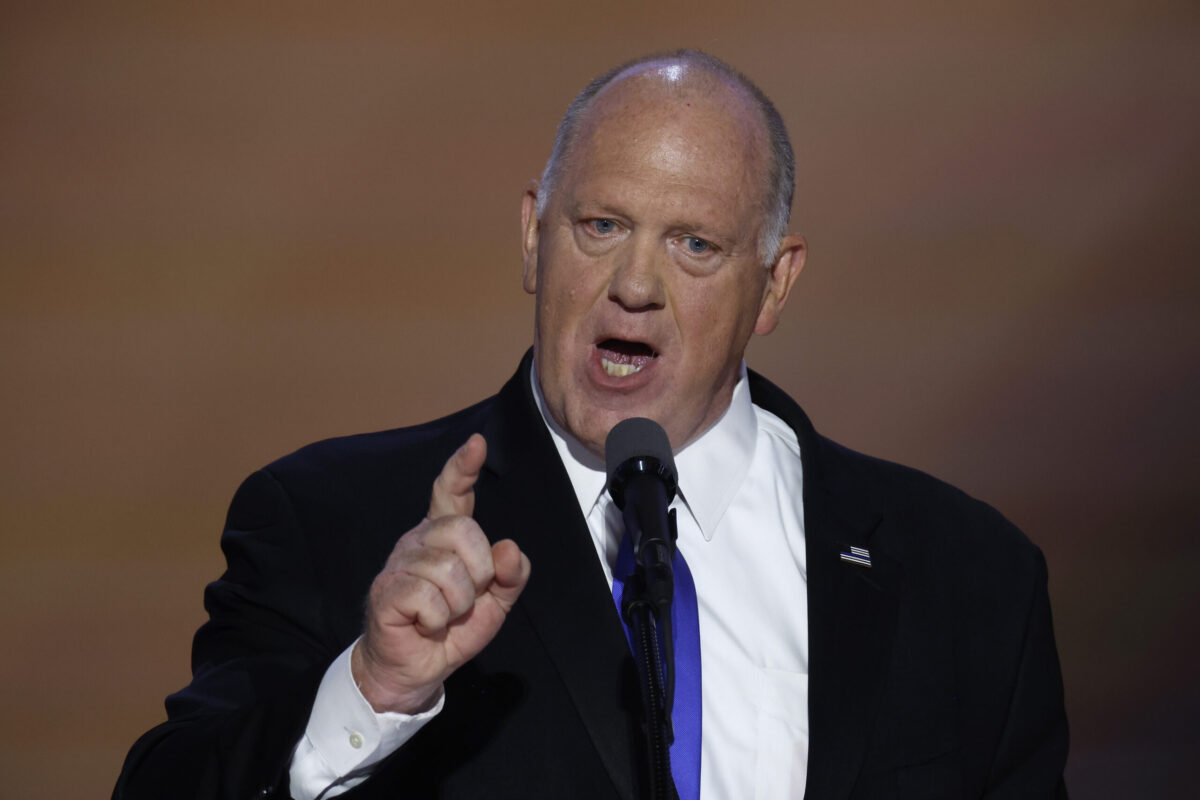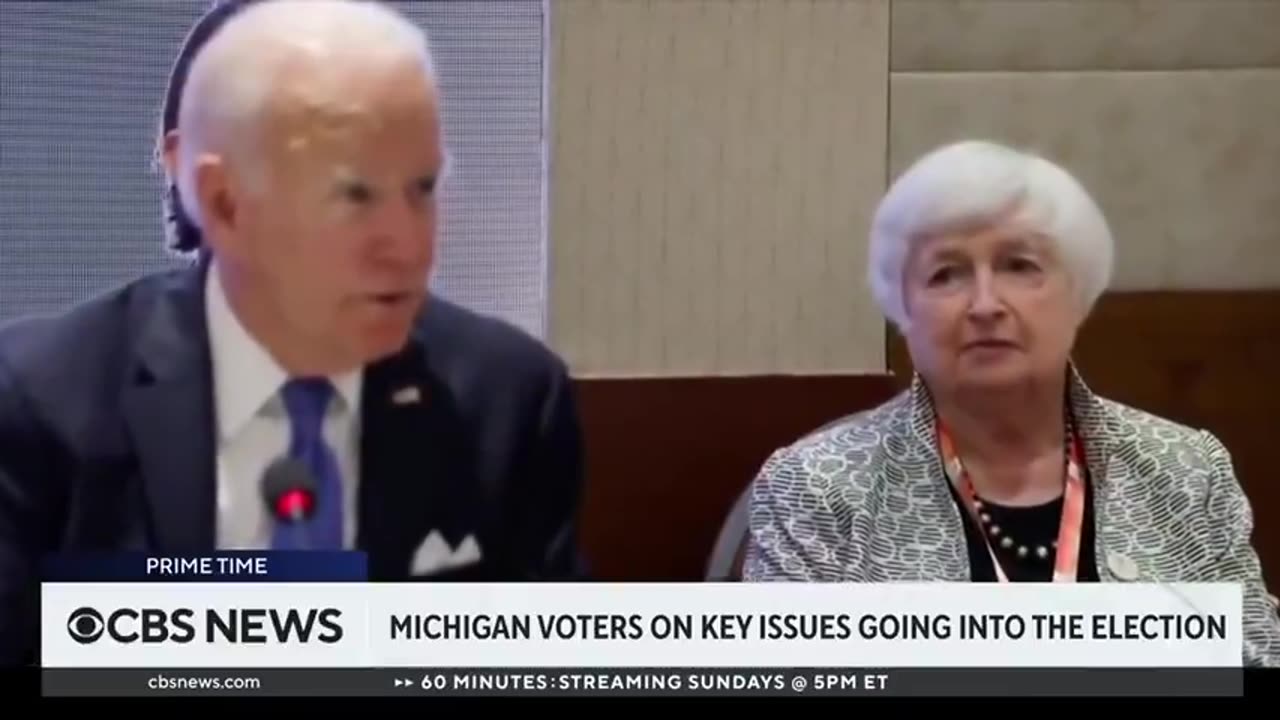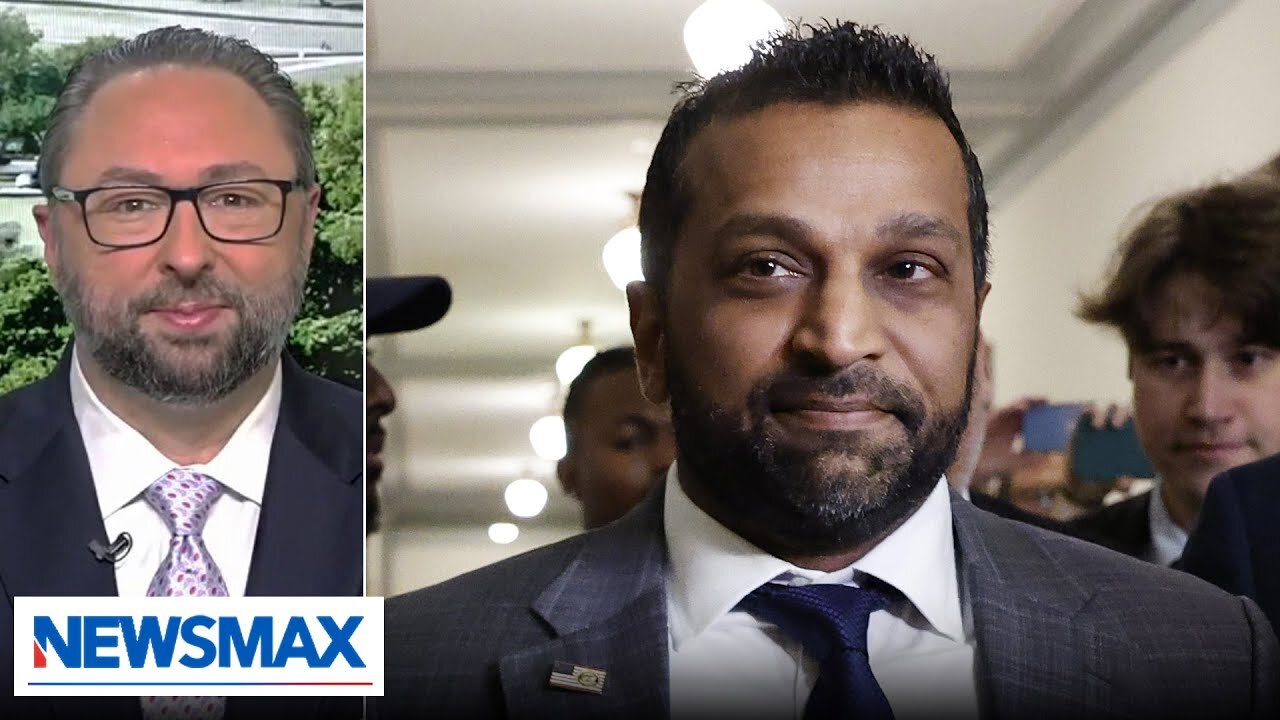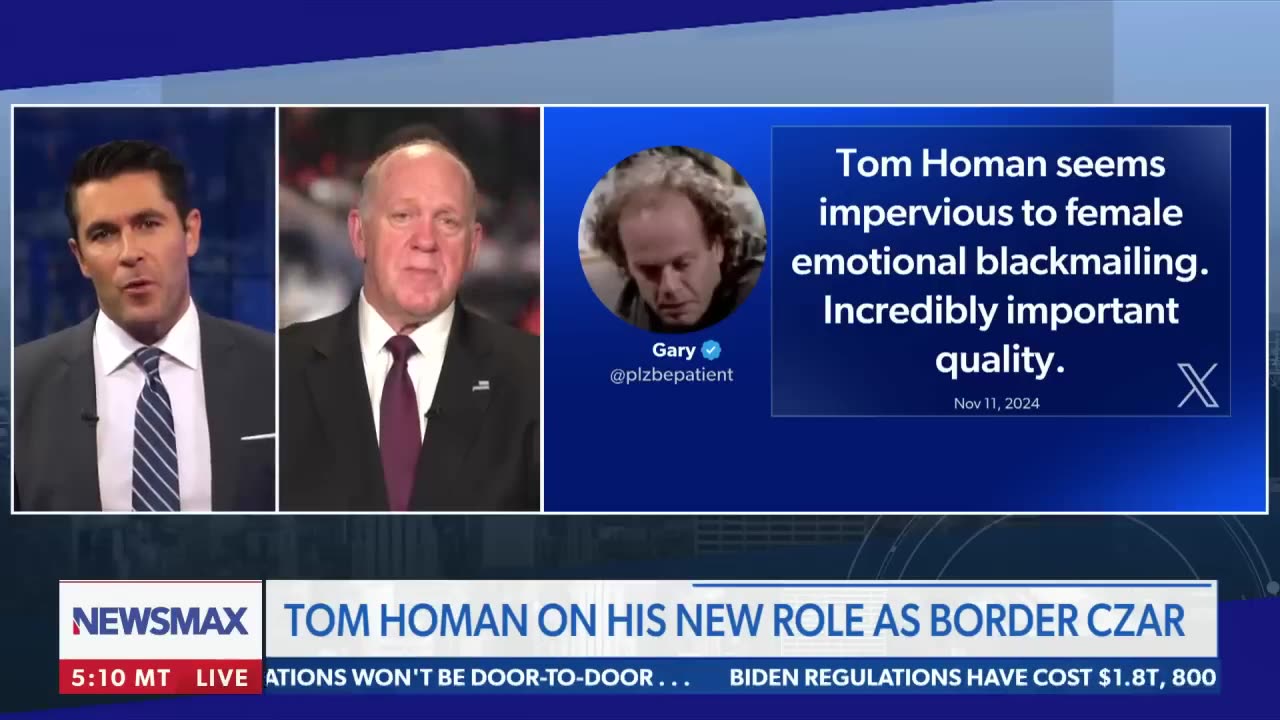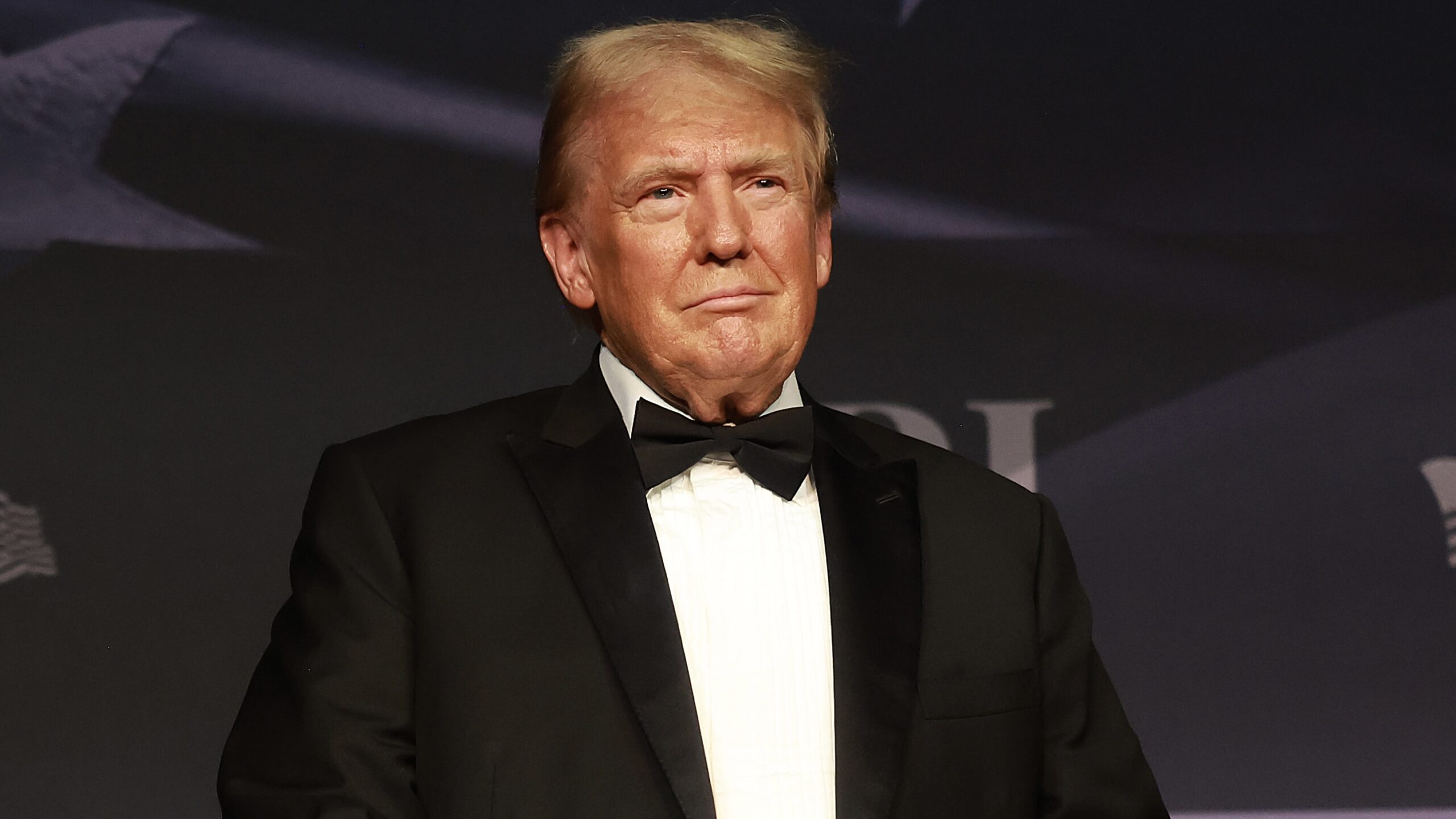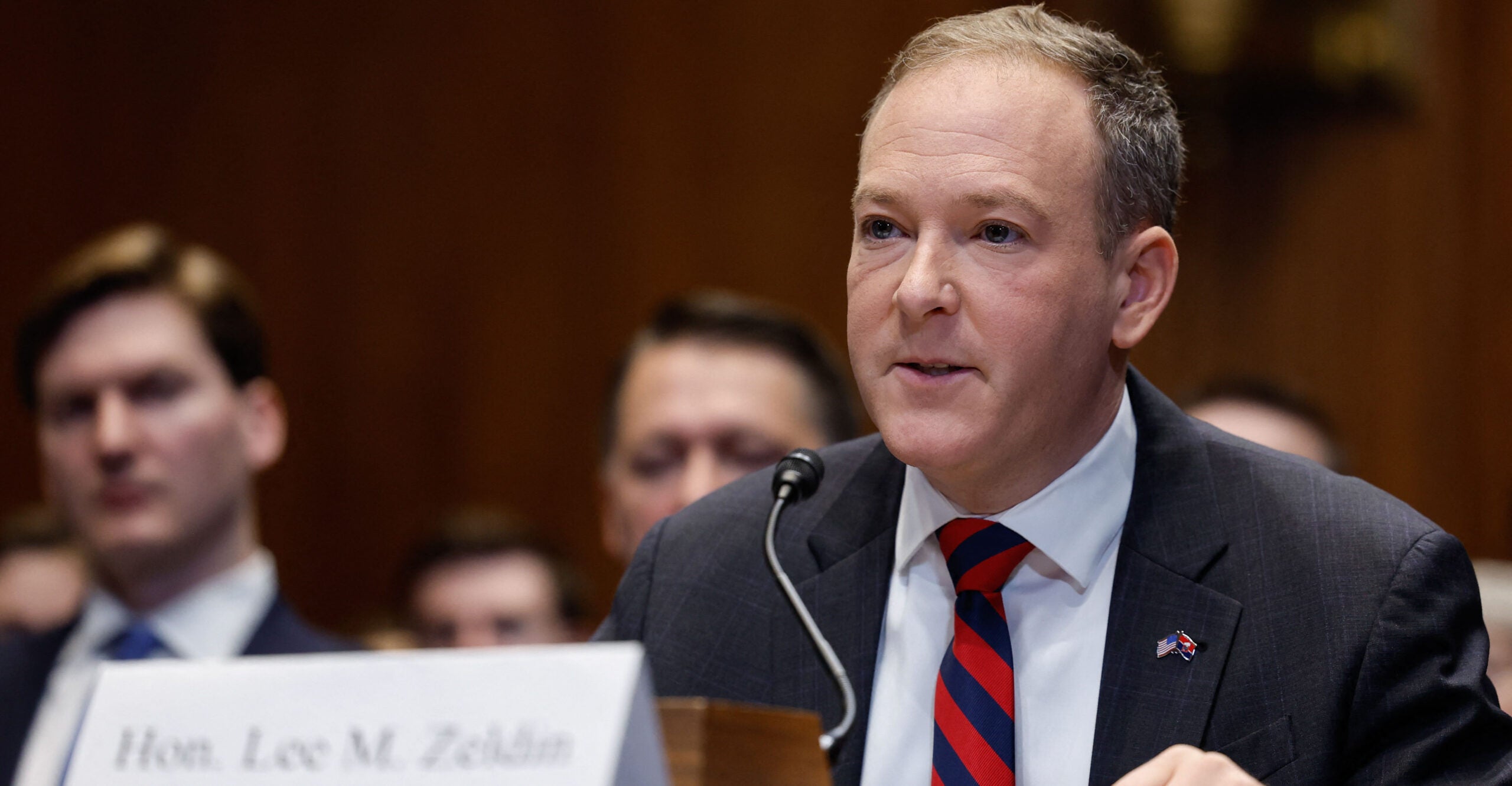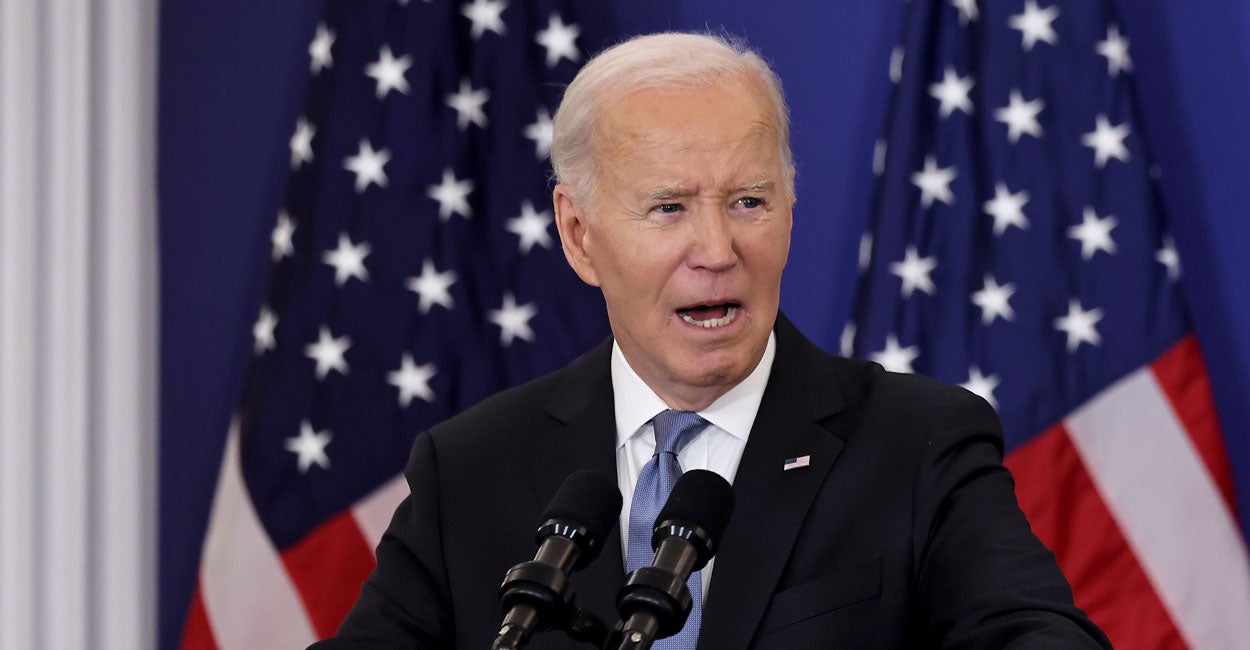This Is How Recess Appointments Work — And How They Could Help Trump Fill His Cabinet
President-elect Donald Trump has indicated that he wants to use recess appointments to install Cabinet members, bypassing the typical confirmation process of hearings and votes, even with a Senate that will be controlled by Republicans. Over the weekend, Trump demanded that the next leader of the upper chamber break with what has become the routine ...

President-elect Donald Trump has indicated that he wants to use recess appointments to install Cabinet members, bypassing the typical confirmation process of hearings and votes, even with a Senate that will be controlled by Republicans.
Over the weekend, Trump demanded that the next leader of the upper chamber break with what has become the routine under both parties for years: scheduling pro forma sessions during extended off-periods, essentially keeping the Senate from entering a recess and thus preventing the president from making appointments in their absence.
“Any Republican Senator seeking the coveted LEADERSHIP position in the United States Senate must agree to Recess Appointments (in the Senate!), without which we will not be able to get people confirmed in a timely manner. Sometimes the votes can take two years, or more,” Trump said in a post to X.
“This is what they did four years ago, and we cannot let it happen again. We need positions filled IMMEDIATELY! Additionally, no Judges should be approved during this period of time because the Democrats are looking to ram through their Judges as the Republicans fight over Leadership,” he added. “THIS IS NOT ACCEPTABLE. THANK YOU!”
Sen. John Thune (R-SD), who was elected to be the next Senate majority leader on Wednesday, signaled an openness to recess appointments. But he suggested recess appointments — which have taken place in the past — should only happen when alternative options have been exhausted.
MATT WALSH’S ‘AM I RACIST?’ NOW STREAMING ON DAILYWIRE+
“We must act quickly and decisively to get the president’s Cabinet and other nominees in place as soon as possible to start delivering on the mandate we’ve been sent to execute, and all options are on the table to make that happen, including recess appointments,” he said in a statement obtained by The Daily Wire.
Trump has wasted no time in announcing a host of nominees for top roles in his coming administration, including Sen. Marco Rubio (R-FL) for secretary of state, South Dakota Governor Kristi Noem for secretary of homeland security, and now-former Fox News host and Army National Guard veteran Pete Hegseth for secretary of defense.
One firebrand pick in particular — now-former Rep. Matt Gaetz (R-FL) for attorney general — has dismayed Democrats and even some members of Trump’s own party.
“I don’t think he’s a serious candidate,” Sen. Lisa Murkowski (R-AK) said of Gaetz, according to The New York Times.
“I was shocked by the announcement — that shows why the advice and consent process is so important,” said Sen. Susan Collins (R-ME), adding, “I’m sure that there will be a lot of questions raised at his hearing.”
It remains to be seen whether a nominee like Gaetz can muster enough votes to achieve confirmation in the Senate. A simple majority is needed. If not, the Constitution grants the president the authority to make temporary appointments to fill vacancies when the Senate is in recess.
But a 2014 Supreme Court ruling affirmed the Senate could schedule pro forma sessions — in which a single member essentially just gavels in and no business gets conducted — every few days during long breaks to block recess appointments in a rebuke of then-President Barack Obama’s appointments to the National Labor Relations Board.
Longtime Capitol Hill reporter Jamie Dupree explained in posts to X that the Senate majority leader “has no power” to allow a president to make recess appointments because Congress must approve an adjournment resolution for breaks of more than three days, which could be filibustered in the upper chamber.
One potential workaround, however, is the president using Article 2, Section 3 of the Constitution to adjourn both chambers of Congress if they cannot agree on a time to do it — an idea that Trump actually floated at the end of his last term, noting such an unprecedented move would likely end up in court.
“After 10 days, Trump could then fill any vacant administration posts,” Dupree said of such a scenario. “The downside of that presidential power move is that most of the people getting recess appointments could not be paid (that’s in federal law). And their time on the job would expire on Jan. 3, 2027 – unless the Senate approves their specific nominations.”
Originally Published at Daily Wire, World Net Daily, or The Blaze
What's Your Reaction?


















